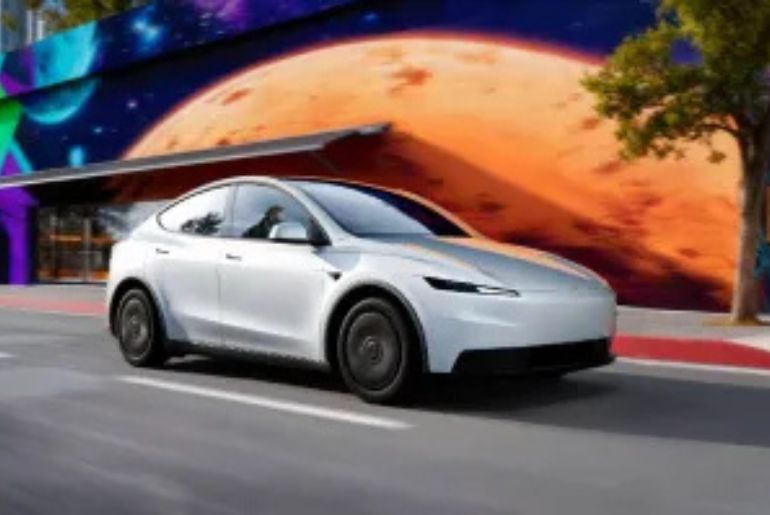Tesla Inc. has officially launched more affordable versions of its popular Model Y SUV and Model 3 sedan in the United States, with starting prices of $39,990 and $36,990, respectively. The new “Standard” trims aim to make Tesla EVs accessible to a broader audience, though the pricing has drawn mixed reactions from analysts and potential buyers.
Key Features of the Standard Variants
Both the Model Y and Model 3 Standard trims offer a driving range of over 300 miles (480 km), ensuring practicality for long-distance travel. However, these trims come with reduced premium features compared to higher-end variants, including:
-
Manual seat adjustments instead of powered seats
-
Basic LED headlights
-
Fewer infotainment and comfort features
-
Omission of Autosteer and advanced driver-assistance perks
Despite a price reduction of approximately $5,000 from the next higher trims, some industry observers argue that the discount is modest, especially given CEO Elon Musk’s earlier target of a sub-$30,000 EV after incentives.
Market Context and Strategic Goals
The launch comes amid rising competition in the EV market, particularly from Chinese and European manufacturers offering cost-competitive alternatives. Tesla’s move follows the expiration of the $7,500 U.S. federal EV tax credit, which previously incentivized buyers and helped lower effective prices.
Tesla aims to maintain its market share and appeal to entry-level EV buyers while reinforcing its brand presence across North America. The Standard trims are positioned as a bridge between premium offerings and mass-market affordability, appealing to environmentally conscious consumers seeking Tesla technology.
Delivery Timeline and Availability
Deliveries for the new Standard versions are expected to start from December 2025 through January 2026, with pre-orders available via Tesla’s online Design Studio. Customers can customize features and reserve their vehicles ahead of production, ensuring early access for enthusiasts and first-time EV buyers.
Outlook
While the launch of these affordable Tesla variants addresses part of the demand for cost-effective EVs, their limited features and relatively small price reduction may influence overall sales growth. Industry analysts will closely watch consumer response to gauge whether Tesla can expand its customer base without diluting its premium brand image.

